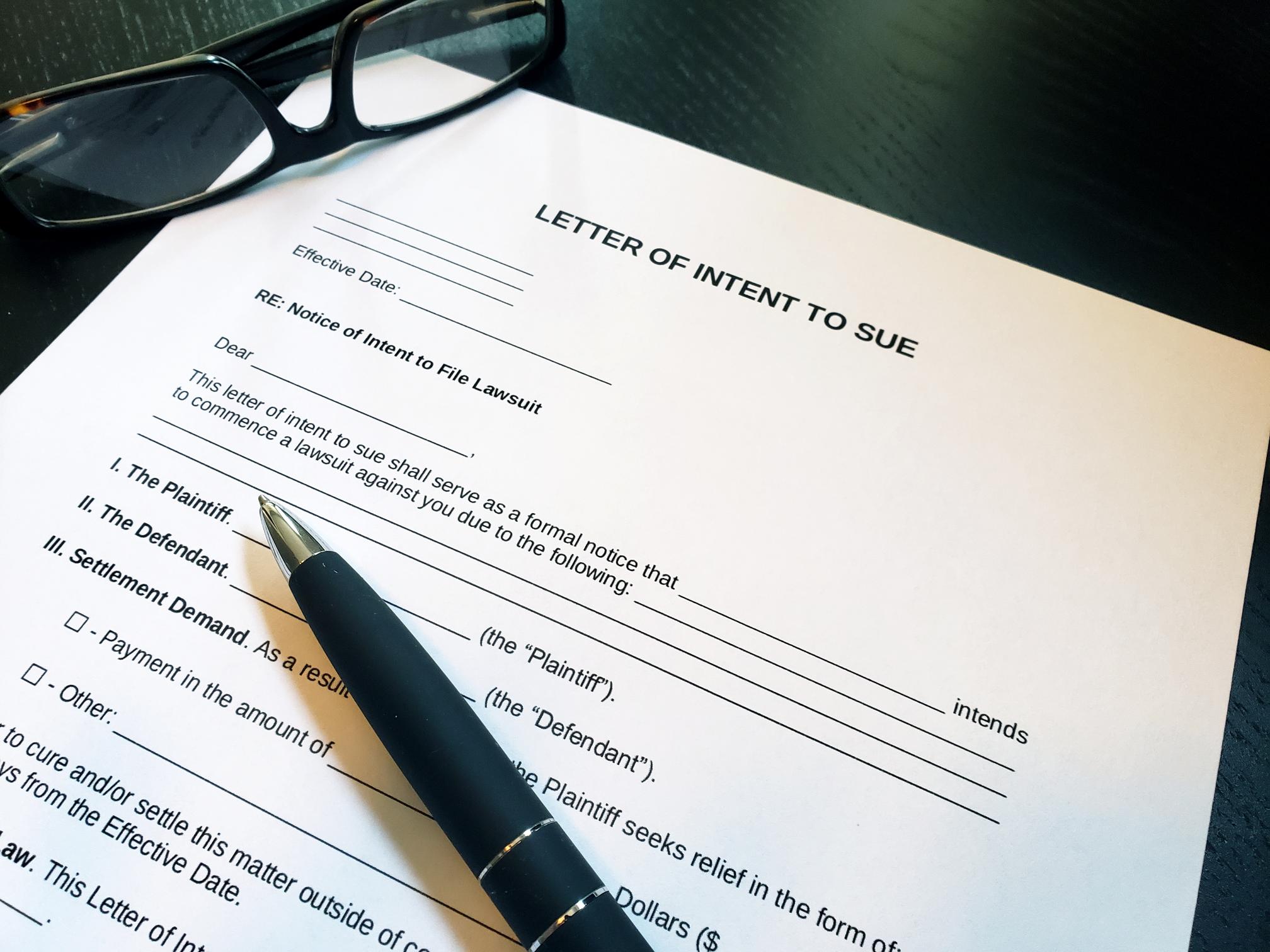It is hard to believe that dogs can be exposed to mold just the same as humans, and one of the culprits of exposure is through ingestion. Mycotoxicosis is a term used to denote poisoning by food products contaminated by fungi (i.e., moldy bread, cheese, English walnuts, or even a backyard compost). As well as being toxic to humans, fungi release various toxins, also called mycotoxins, that are toxic to cats and dogs.
Symptoms and Types
The severity and type of symptom will ultimately depend on the amount and type of mycotoxin ingested. Some of the more common symptoms associated with mycotoxicosis include:
- Muscle tremors
- Seizures
- Panting
- Hyperactivity
- Vomiting
- Uncoordinated movements
- Weakness
- Increased heart rate
- Increased body temperature
- Dehydration
- Lack of appetite (anorexia)
Causes
Ingestion of mushrooms, moldy food, or garbage and other decomposing organic matter.
Diagnosis
You will need to give the veterinarian a thorough history of your dog’s health, including the onset and nature of the symptoms, and any possible exposure to mushrooms, moldy food, or decomposing organic matter. He or she will then perform a complete physical examination, as well a biochemistry profile, urinalysis, and complete blood count (CBC). These tests will help rule out other causes for tremors and seizures.
More advanced tests (thin-layer chromatography, bile analysis) are available to analyze the contents of the stomach and vomit, which should definitely confirm or refute the diagnosis.








